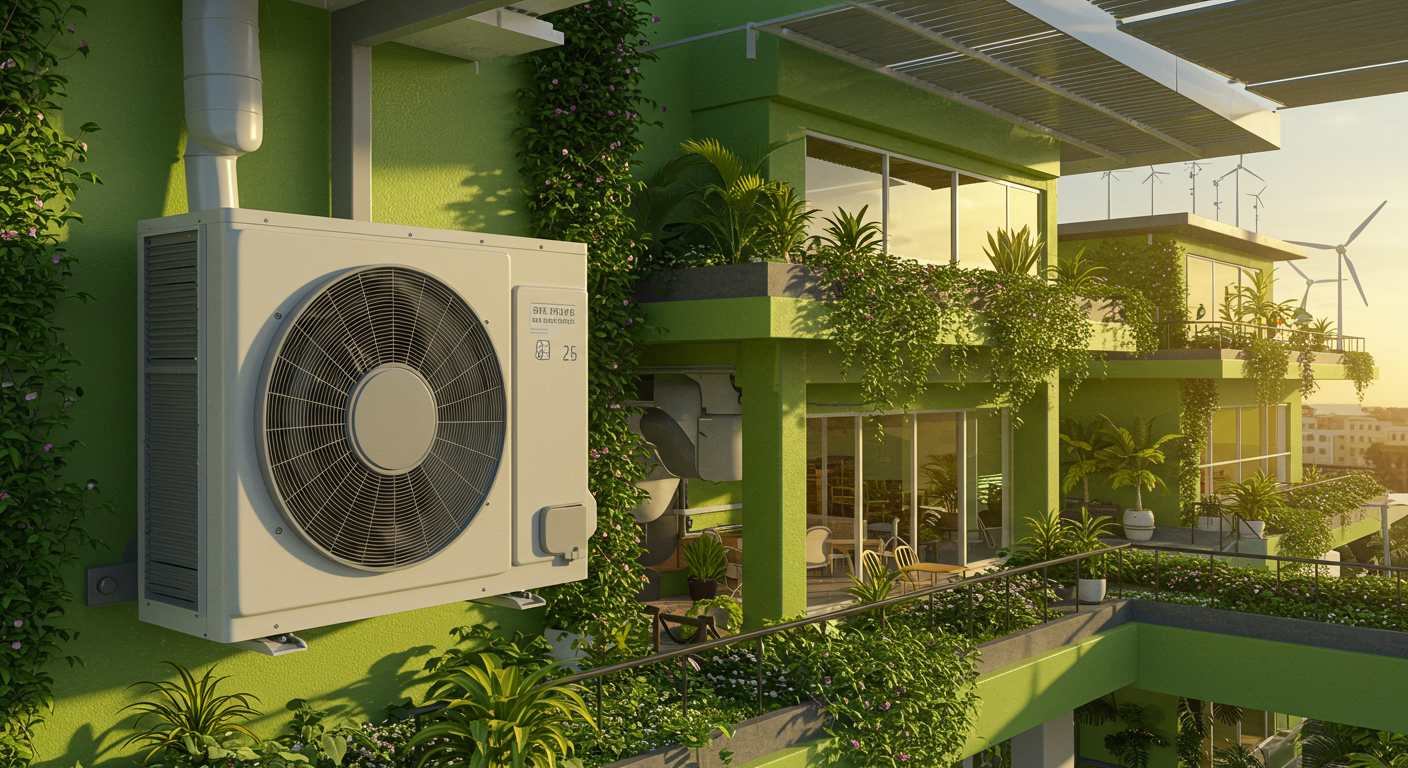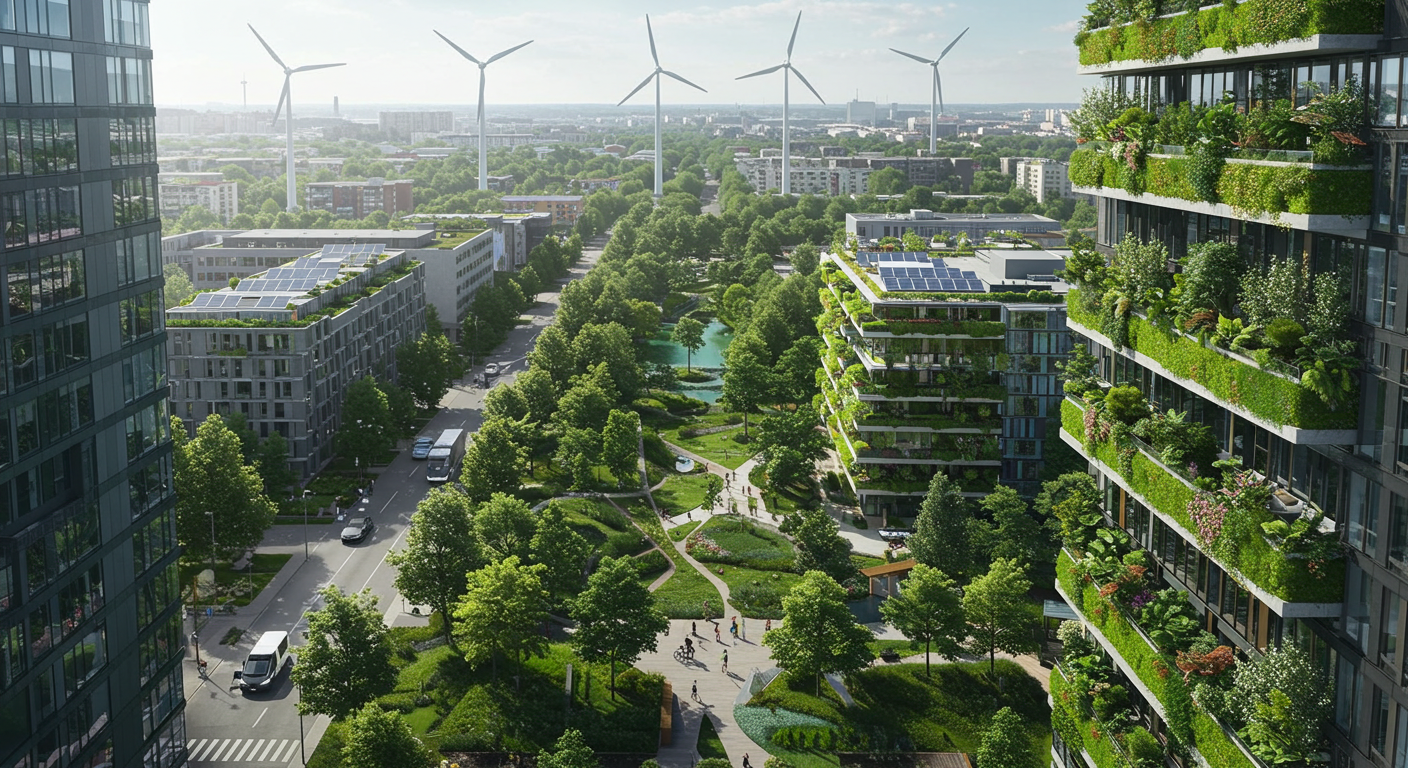
How to Reduce Energy Consumption in Commercial HVAC Projects
Are your energy bills spiraling out of control? If you’re involved in managing commercial buildings, you know that heating, ventilation, and air conditioning (HVAC) systems are often the biggest energy hogs. But there’s good news: with the right strategies, you can significantly cut down on energy consumption and boost your bottom line. Let’s dive into how energy-efficient HVAC systems can make a real difference in your commercial projects.
Understanding Energy-Efficient HVAC Systems
Energy-efficient HVAC systems are more than just a trend—they’re a necessity for any commercial building looking to reduce costs. By upgrading to these systems, you can save up to 40% on energy costs. Imagine what that could mean for a mid-sized grocery store with an annual electricity bill of $160,000. A 20-30% reduction could save them between $32,000 and $48,000 every year!
Optimizing Your Commercial HVAC Efficiency
When it comes to commercial HVAC energy savings, efficiency ratings like SEER (Seasonal Energy Efficiency Ratio), EER (Energy Efficiency Ratio), and IEER (Integrated Energy Efficiency Ratio) are key. These ratings indicate how well your system converts electricity into cooling or heating power. The higher the rating, the more efficient the system, which means lower energy consumption.
Maintenance plays a crucial role in operational efficiency, too. Energy-efficient systems tend to have fewer breakdowns and require less frequent maintenance, saving you money in the long run. Just ask the folks at Cookeville Regional Medical Center—they saw a significant drop in both energy bills and maintenance costs after making the switch.
Smart Building Technologies and Energy Reduction
Incorporating smart building technologies can further enhance your energy efficiency. Advanced sensors, automated controls, and data analytics allow HVAC systems to anticipate and respond to changes, optimizing comfort and reducing energy use. This proactive approach leads to better equipment maintenance and even more savings.
- Adjust thermostat settings during off-hours to cut down on energy usage.
- Utilize smart building technologies for real-time monitoring and adjustments.
- Implement regular maintenance checks to ensure systems operate at peak efficiency.
Conclusion: Making the Switch to Energy-Efficient Solutions
In today’s world, reducing energy consumption in commercial buildings isn’t just about saving money—it’s about sustainability and future-proofing your business. By investing in energy-efficient HVAC solutions, you not only cut costs but also contribute to a greener planet. So, what’s holding you back from making the switch?
Ready to optimize your commercial HVAC systems for better efficiency and savings? Contact us today to learn how we can help!
FAQ: Common Questions About Energy-Efficient HVAC Solutions
What are the benefits of upgrading to energy-efficient HVAC systems?
Upgrading can lead to significant cost savings, reduced maintenance needs, and a smaller carbon footprint.
How do efficiency ratings like SEER and EER affect energy consumption?
Higher efficiency ratings mean better conversion of energy into heating or cooling, reducing overall consumption.
Are there any incentives for installing energy-efficient HVAC systems?
Many regions offer tax credits and rebates for installing energy-efficient systems, which can offset initial costs.
What role do smart technologies play in reducing HVAC energy consumption?
Smart technologies enable real-time monitoring and adjustments, optimizing system performance and reducing waste.
How can regular maintenance impact the efficiency of HVAC systems?
Consistent maintenance ensures systems run smoothly, preventing energy loss and extending the lifespan of your equipment.


